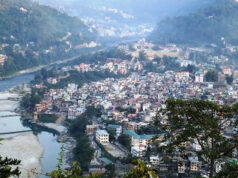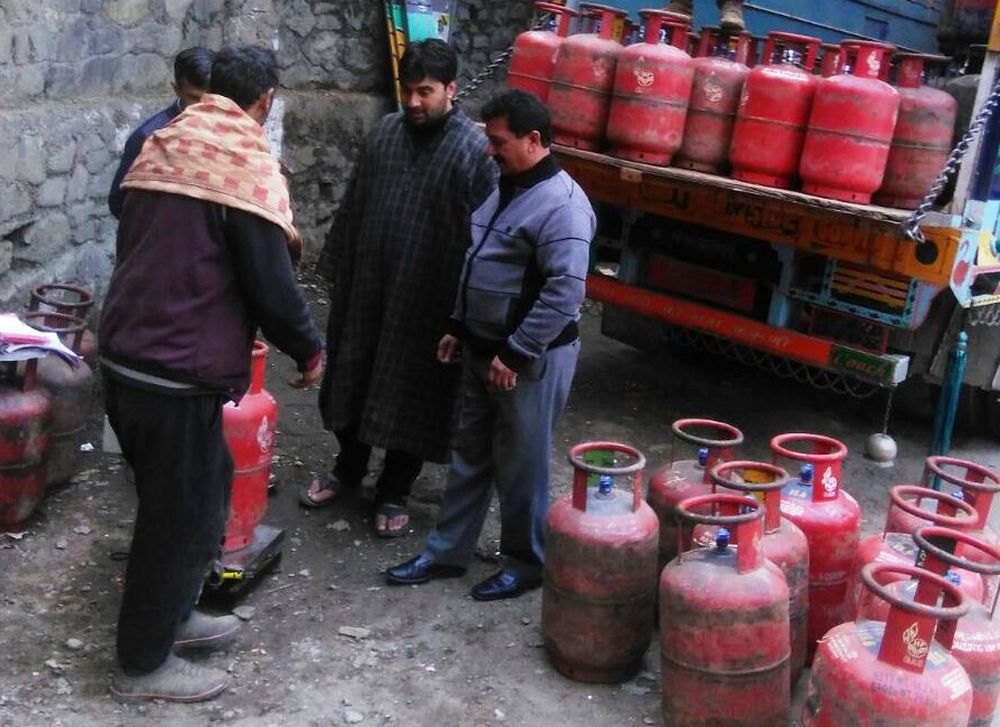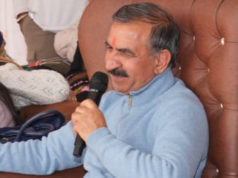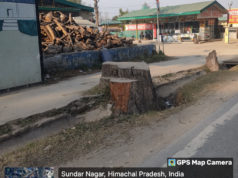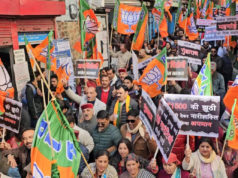Chief Minister Prem Kumar Dhumal has thanked the Union Ministry of Water Sources for sanctioning an additional amount of Rs. 13.77 crore to the ongoing Balh Valley Medium Irrigation Project in Balh Area in district Mandi, under Accerlerated Irrigation Benefit Programme (AIBP), sanction orders for which were received here today.
Chief Minister said that Balh Valley Medium Irrigation Project was one of the ambitious irrigation projects in the State which was being executed as a time bound project and was likely to be completed during current year itself and dedicated to the farmers of Balh valley. He said that with the completion of the ongoing irrigation scheme the entire valley would be covered with irrigation facilities. He said that the State Government was according priority to the agriculture sector and had envisioned various schemes aimed at diversification of the traditional farming practices. He said that with the strengthening of the irrigation network in rural areas, better farm yield and attractive returns could be achieved.
CM said that Shah Nehar was another important scheme which too was nearing completion and would provide irrigation facility to thousands of farmers in the area. He said that it was only during past four years that the construction work was speeded up and was now nearing completion. He said that the scheme would also be dedicated to the farmers of Kangra district in near future. He added that a new irrigation scheme named as Phinna Singh Medium Irrigation Project would also be started in Nurpur area of district Kangra which was estimated to cost Rs. 205 crore and with the completion of the scheme farmers of upper area in Nurpur would be benefited with adequate irrigation facilities. He said that there were many more such schemes under execution in the State which were bound to sea-change the economic scenario of the farming community who would be able to cultivate cash crops and generate sufficient income for themselves while staying back in their villages. He said that the State Government had been making consistent efforts to create quality infrastructural facilities in the rural areas so that their migration to urban areas in search of jobs could be contained.




